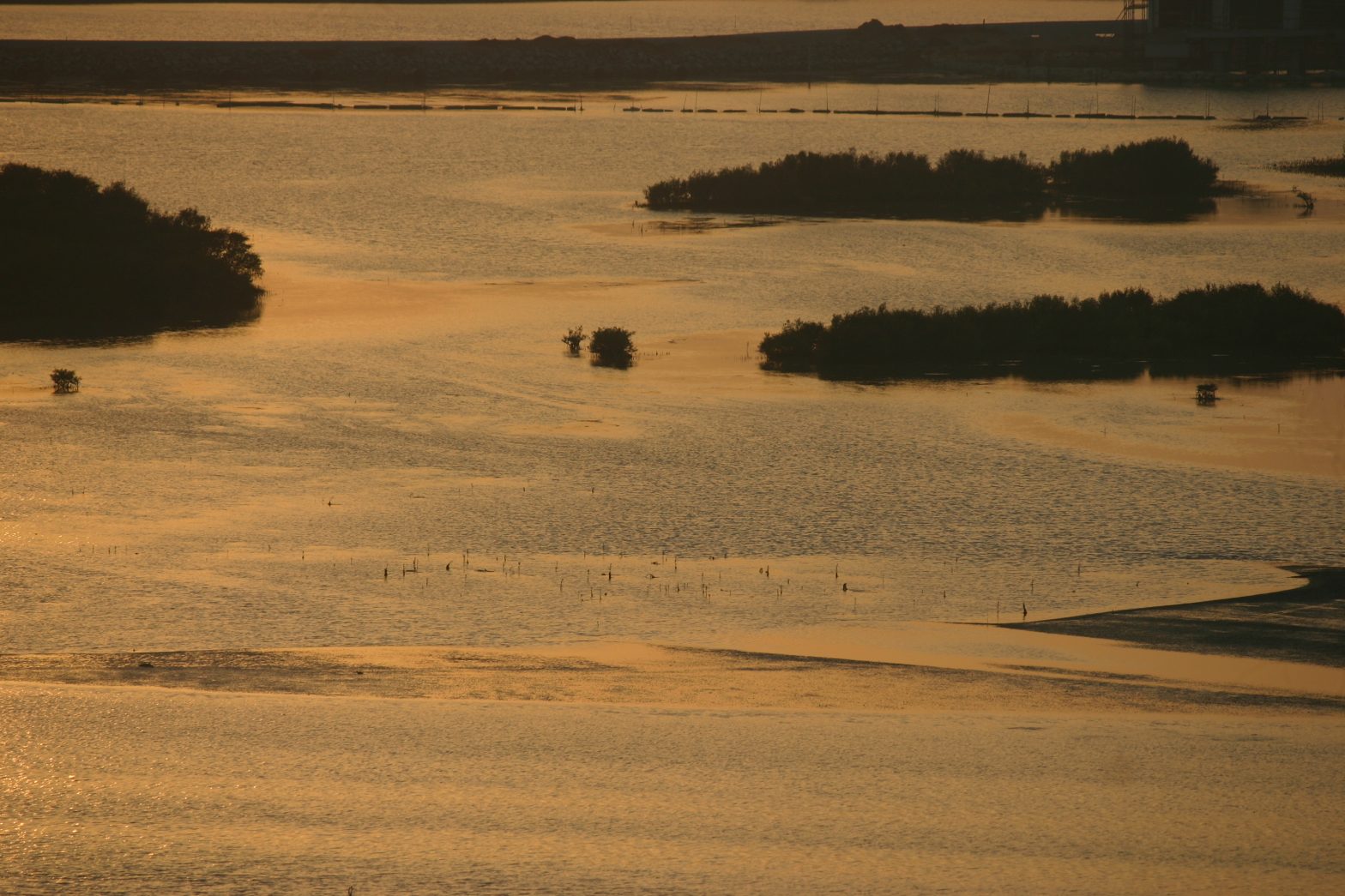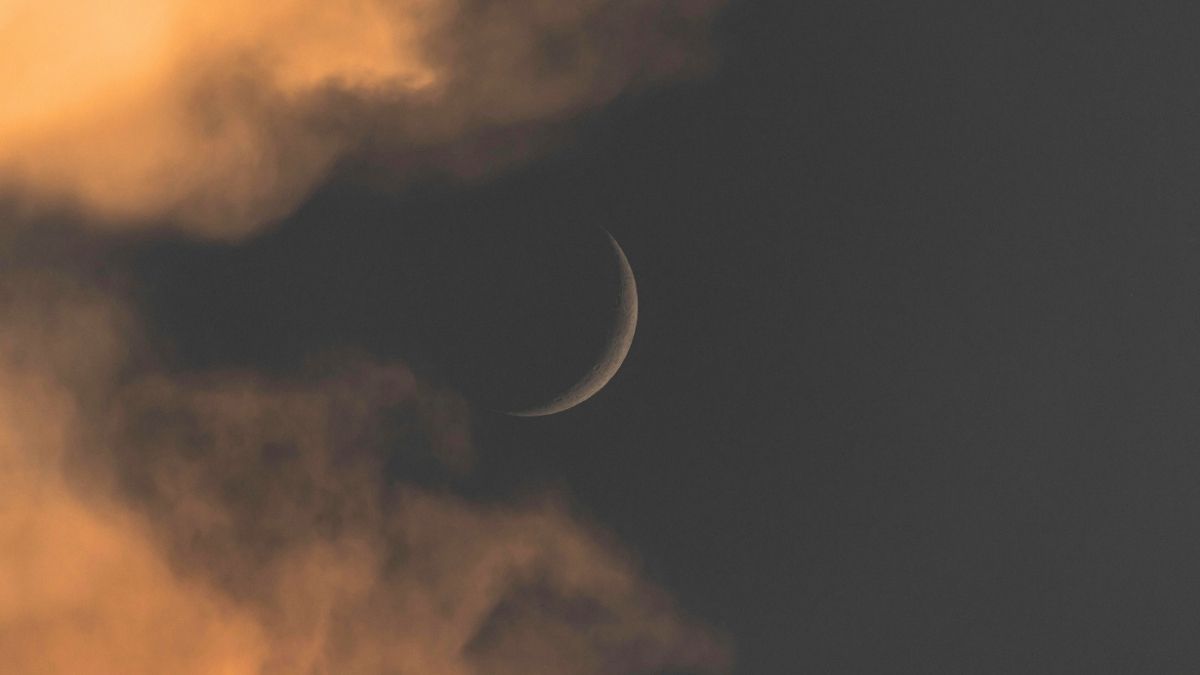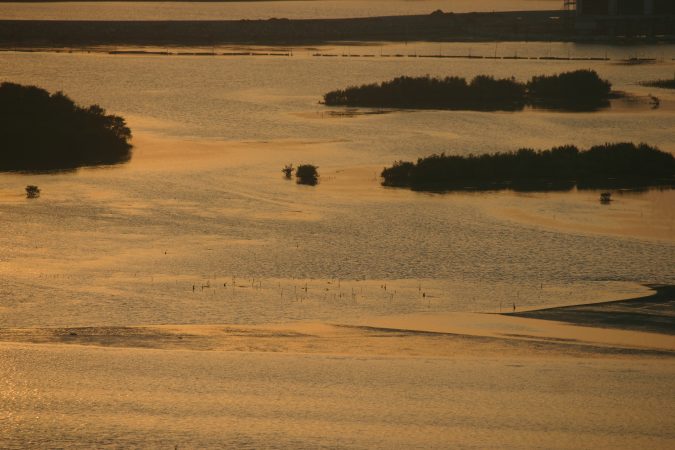Khor Al-Muzahmi, Ras Al Khaimah’s very own lounge for wildlife, where endangered green turtles, flamboyant flamingos, and majestic fish eagles enjoy top-tier protection. This hidden gem isn’t just a haven for creatures of high ecological status; it’s a growing biodiversity hotspot for ecotourists who love their travel with a side of environmental consciousness.
Khor Al-Muzahmi: Hub Of Biodiversity
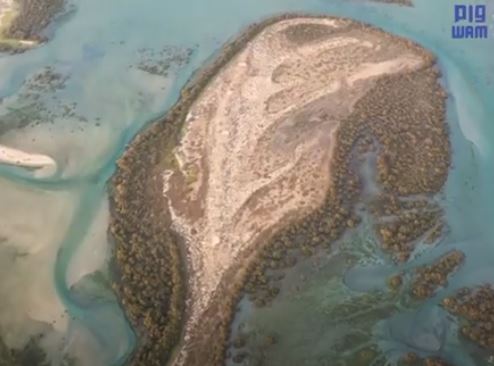
Khor Al-Muzahmi Reserve has emerged as a key destination for biodiversity conservation, with the Environment and Development Authority (EDA) leading efforts to protect its unique natural habitats. Home to species of high ecological importance like flamingos, fish eagles, and endangered green turtles, this reserve plays a crucial role in safeguarding nature and enhancing environmental sustainability. As a sanctuary for these species, Khor Al-Muzahmi is not only a haven for wildlife but also a growing hub for ecotourism, attracting visitors who appreciate its ecological significance.
History Of Khor Al-Muzahmi

The history of Khor Al-Muzahmi Reserve dates back to October 2018 when His Highness Sheikh Saud bin Saqr Al Qasimi, Supreme Council Member and Ruler of Ras Al Khaimah, issued an Emiri Decree. This decree marked the creation of the first natural and wetland reserve in the Emirate, underscoring a commitment to environmental protection and biodiversity conservation. The reserve’s establishment coincided with the 13th Ramsar Convention, reflecting the emirate’s dedication to global environmental agreements. Over the years, scientific studies have highlighted the area’s need for ecological rehabilitation to restore fragile ecosystems and protect endangered species like the fish eagle.
Conservation Efforts Taken To Preserve This Ecotourism Region

Over the past years, extensive scientific studies have been conducted within the reserve, focusing on the region’s bird, fish, and plant species, especially the mangroves that cover a significant portion of the area. The studies highlighted the need for ecological rehabilitation, including the restoration of degraded ecosystems and the protection of threatened species. Initiatives like the cultivation of Crimea and a fish eagle restoration program have been launched to enhance environmental balance and biodiversity within the reserve.
Significance Of This Natural Reserve
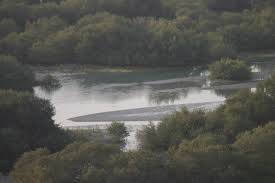
Khor Al-Muzahmi is a critical conservation area in Ras Al Khaimah, recognised for its rich biodiversity and vital ecosystems. This reserve plays a crucial role in protecting endangered species. It contributes to regional and global environmental sustainability goals, making it an important site for both ecological protection and eco-tourism.
Traveller’s Guide To Reach Khor Al-Muzahmi
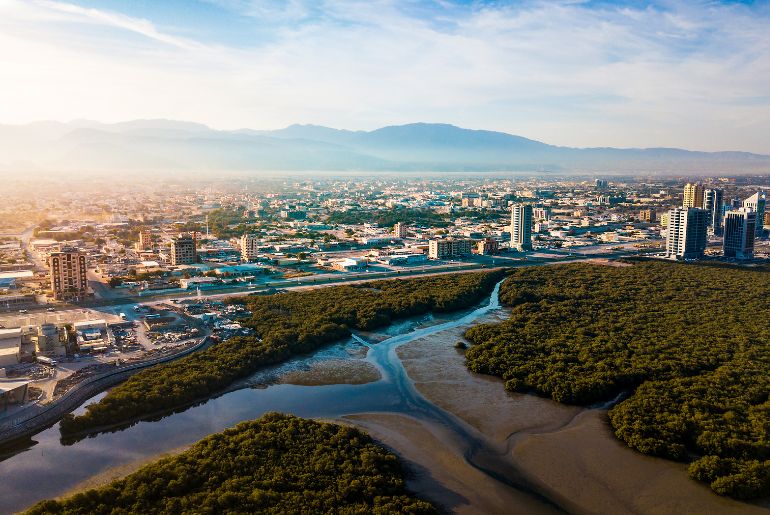
Khor Al-Muzahmi is located approximately 14 kilometres south of Ras Al Khaimah. Visitors can reach the reserve by car, with the journey taking about 20 minutes from the city centre. The area is accessible via well-maintained roads, making it easy for travellers to visit this ecological haven. For those relying on public transportation, local buses and taxis provide convenient options to reach the reserve.
Engaging Activities To Try Out In This Nature Haven

At Khor Al-Muzahmi, travellers can engage in a variety of activities that highlight the reserve’s rich biodiversity. One of the most popular experiences is observing and interacting with endangered green turtles, which nest and feed in the area. The reserve also features a mangrove nursery, where visitors can learn about mangrove conservation and even participate in planting seedlings. Birdwatching enthusiasts enjoy spotting species like flamingos and fish eagles. On the other hand, eco-tourists explore the reserve’s diverse marine habitats. These activities not only offer a unique experience but also contribute to the ongoing conservation efforts in the reserve.
Cover Image Courtesy- Wikimedia Commons
For more such snackable content, interesting discoveries and the latest updates on food, travel and experiences in your city, download the Curly Tales App. Download HERE. First Published: August 28, 2024 6:55 PM
